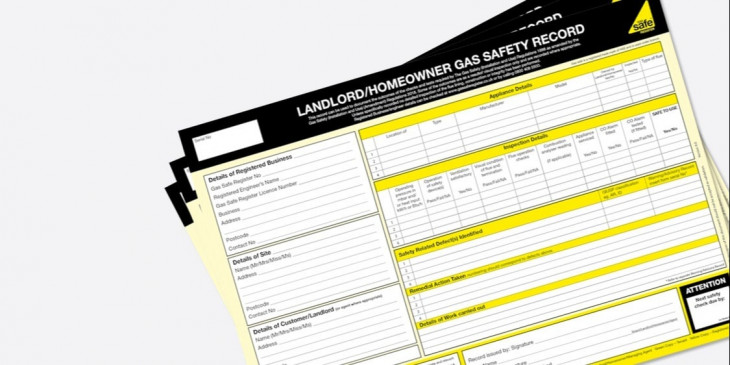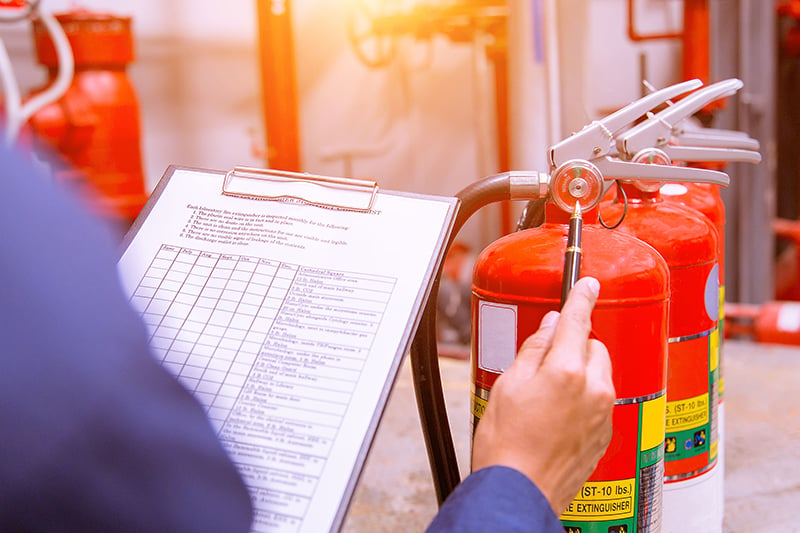- Home
- Electrical Certificates
- Gas Services
- Fire Services
- Residential
- Commercial
- Fire Door Certification for Commercial Properties in London | Ensure Fire Safety Compliance
- Emergency Lighting Certification for Commercial Properties in London | Landlord Safety Certificate
- Fire Risk Assessment Commercial
- Fire Alarm Certificates for Commercial Properties in London | BS 5839-1 Certified Compliance
- Property Services
- Asbestos
- EPC
- Blog
Other Articles
Need help?
What is the Fire Risk Communication – Importance & Strategy Planning?
Every building needs to invest in fire safety because fire hazards are pretty common. Neglecting fire safety means that you are compromising the safety of the property and the occupants. Paying the fire safety risk assessment cost is worth every penny. It will make sure that you eliminate potential fire hazards and enjoy the safety of the property.
Communication is a factor that is crucial both during and after the fire risk assessment. The person managing the risk assessment has the responsibility of developing and implementing an effective communication process. It makes sure that proper fire safety steps are taken.
Table of Contents
ToggleWhat Is Fire Risk Communication?
The individual responsible for the fire risk assessment has a duty to provide the relevant people with relevant and comprehensible information. The information should clearly mention the possible risks. It will make sure that the relevant people can take the required action.
It is important that the information on the fire risks is shared with all the responsible persons. The responsible people include individuals that share the premises. The employees working in a building, occupants and visitors are on the list of responsible people.

Fire Risk Assessment Overview
Communicating with the relevant people is important because most of the information about fire hazards comes from people working or residing in the building. Effective communication is essential for assessing fire risk.
The Goal of Accurate Information Flow:
The accurate and meaningful flow of information is important for fire safety. The information is valuable and has a variety of benefits to offer. The positive outcomes it can offer are:
- It ensures full participation and involvement of the people that are a part of fire risk assessment.
- It makes sure that the relevant people have all the information to make the place safe against fire hazards.
- Promoting a positive fire safety culture by influencing people’s attitude and behaviour
- With the right information, you can spread understanding and knowledge of fire risks. It helps in replacing fear and ignorance and keeps people safe.
- The information is effective in justifying the fire safety decisions that you make.
How to Plan A Fire Safety Strategy?
It is important that the information flow throughout the assessment process is error-free.

Fire Safety Legislation Points
The information consists of data in the technology used for fire safety, statistical data on fire risks and procedures and information related to risk control. To ensure the information flow during the fire risk assessment there are certain steps that are essential.
- The first step is the identification of the hazard. All the people that can be affected by the hazard should be aware of the hazard. You can also take help from the occupants of the building in identifying the risks.
- Evaluating the risks is the second step. It explores fire safety options that are suitable for taking care of the identified and potential fire risks. At this stage the communication between technical experts and enforcing authorities is essential.
- Implementing fire safety procedures is critical. Make sure that every one relevant to the building is aware of the safety steps taken.
- The last step is reviewing the safety steps after the assessment. Communication is a critical part of this stage. You can ask relevant people about the effectiveness of fire safety measures.
Questions you May Have
[su_accordion][su_spoiler title=”
How we define Fire Risk?
” open=”yes” style=”default” icon=”plus” anchor=”” anchor_in_url=”no” class=””]
Fire Risk is the likelihood of fire occurrence that includes the consequences of that fire. Fire Risk Communication is used to warn, notify and save people if such an event occurs.
[/su_spoiler] [/su_accordion]
[su_accordion][su_spoiler title=”
Why communication is important during a Fire Incident?
” open=”yes” style=”default” icon=”plus” anchor=”” anchor_in_url=”no” class=””]
Communication is the basis of any Fire fighting operation. It helps to protect the victims by carrying out large scale operations where communication is the key to cover the entire incident.
[/su_spoiler] [/su_accordion]
[su_accordion][su_spoiler title=”
Is Fire Risk Assessment necessary for everyone?
” open=”yes” style=”default” icon=”plus” anchor=”” anchor_in_url=”no” class=””]
Yes, every responsible citizen should carry out a fire risk assessment to analyze the circumstances and take precautions to prevent any dangerous fire incident.
[/su_spoiler] [/su_accordion]




